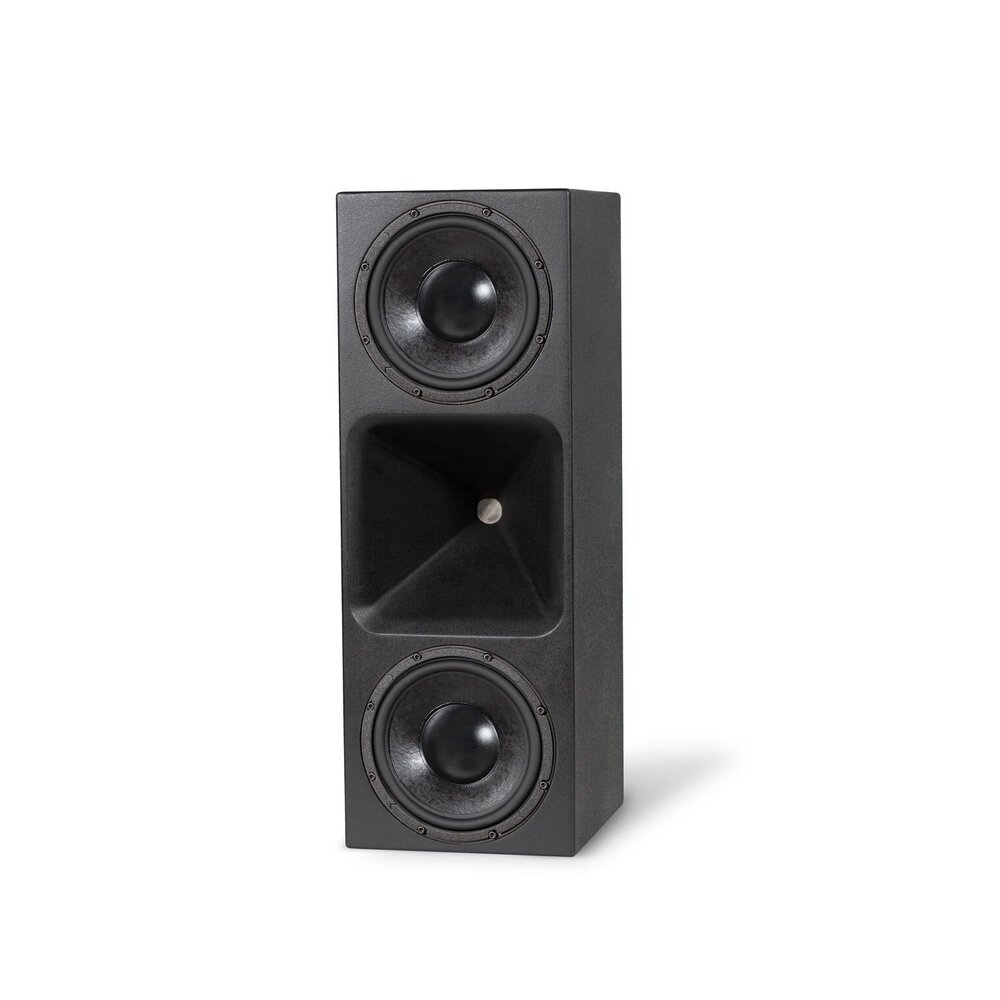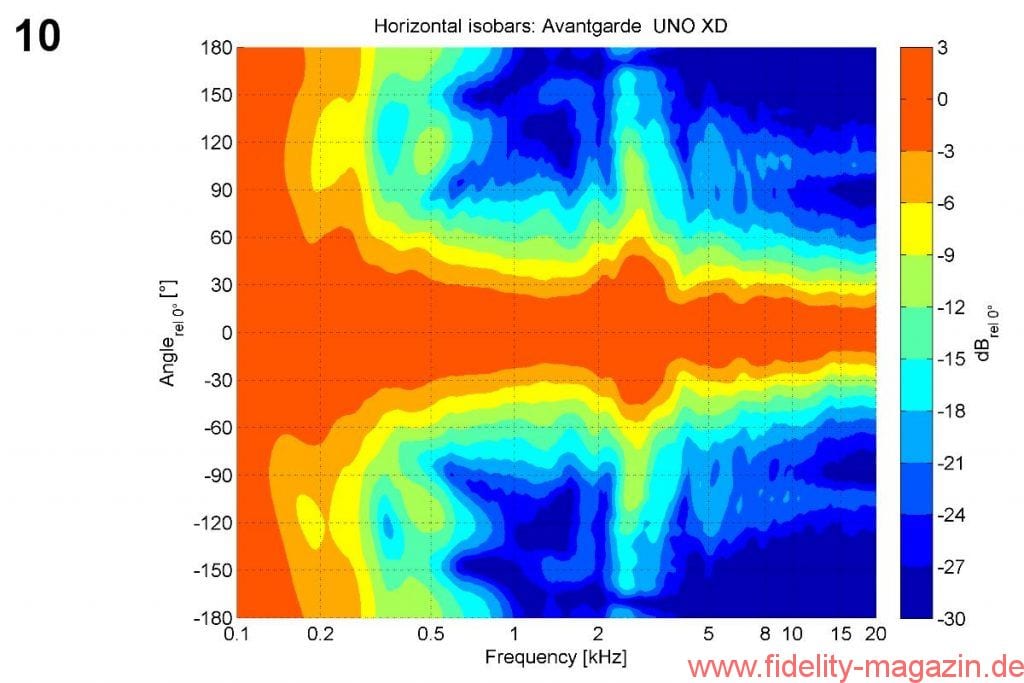I don't get it. A big box, twin 10" and a gigantic horn, OK the specified sensitivity 95 dB at 2 volts. Then @hardisj measures 92.5 dB at 2.83 volts.
- Where the hell is the sensitivity? I'd be expecting like 98 or something. I do not get it.
I'm not sure if your comment was meant ironically, but I'm assuming it's serious, otherwise I couldn't give a serious answer

The speaker is designed for very high sensitivity. However, with an f3 of 79Hz, it hardly delivers any bass and can't really be used without a subwoofer or heavy EQ (which significantly reduces the dynamic capabilities).
Perhaps the designer of the speaker could have "squeezed out" a little more sensitivity, but then it would have been more difficult with the connection to the subwoofer at 80Hz or below.
Since most manufacturers do not adhere to a standardized calculation of the sensitivity, they outdo each other with ever new superlatives.
This leads to people being shocked when a small bookshelf speaker with "real" low bass has only 82dB sensitivity (which is normal) or thinking that 92dB sensitivity is "low" (which is not) - calculated by a standardized method of averaging SPL over a frequency range.
In CTA-2034-A ("spinorama standard") it says about the calculation of the average sound pressure level:
@ rms input voltage level of 2.83V.
I have drawn here the frequency ranges for the calculation of the sensitivity, which CTA-2034-A and many here in the forum use - it's a sketch, have not calculated the average for 100-1000Hz, only estimated:



